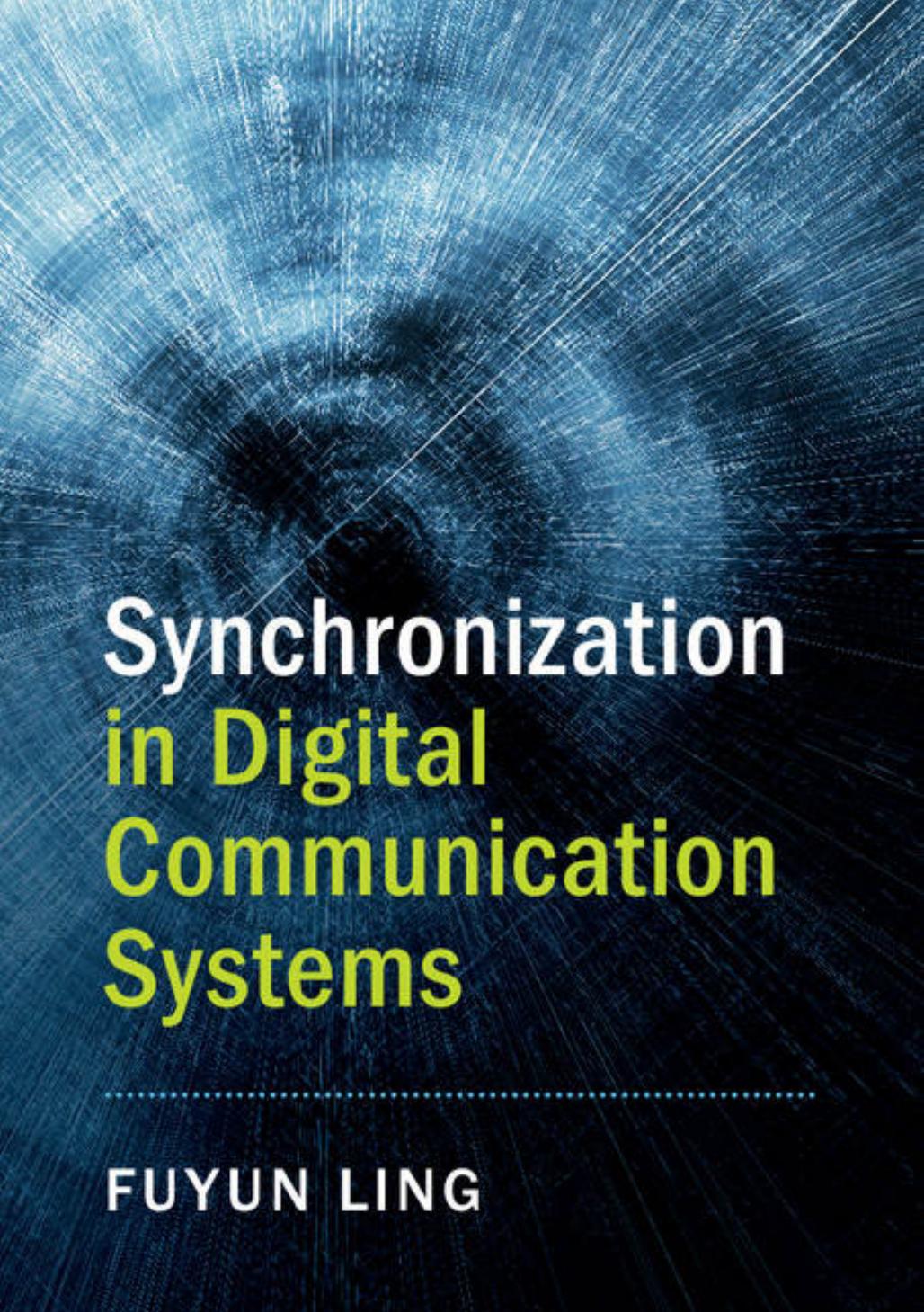Synchronization in Digital Communication Systems by Fuyun Ling

Author:Fuyun Ling [Ling, Fuyun]
Language: eng
Format: azw3, pdf
Publisher: Cambridge University Press
Published: 2017-05-31T04:00:00+00:00
4.6.2.2 Mobile/Wireless Device Transmitter Frequency Synthesis
In wireless communication systems, the carrier frequencies generated by the BTS are usually very accurate. This is because BTSs can afford to use high-precision (yet high-cost) oscillators. Moreover, BTSs often synchronize their clocks to the clock of GPS or other similar systems to achieve high-frequency accuracy.
However, to save cost and power, mobile device manufacturers prefer to use low-cost XOs. When free running, such XOs can generate only frequency references with low precision, e.g., with an inaccuracy of 2 ppm to 10 ppm or worse. However, due to standard and local regulatory requirements, mobile devices must maintain necessary precision of the carrier frequency of their transmitted signals. During a normal communication session, a device receiver acquires the carrier frequency of the remote BTS through carrier synchronization. The acquired carrier frequency can be used as the local frequency reference by the device. Therefore, the synthesized local reference frequency in the device can approach the accuracy of the remote transmitter’s carrier frequency.
The carrier synchronization of receivers is achieved through a phase-locked loop as discussed in Section 4.5.2 and as will be discussed in the next chapter. Carrier synchronization of mobile and wireless devices may also be implemented by using FLLs, which has been mentioned in Section 4.6.1.2 and will be described in Section 5.4.7. If the phase or frequency controller in the PLL or FLL is implemented by using a type of VCXOs, such as VC-TCXO, the output of the local oscillator is synchronous to the remote transmitter carrier after carrier synchronization is achieved. Thus, using the output of the VC-TCXO as the reference for the frequency synthesizer can ensure that the carrier frequency of the device’s transmitter attain the required accuracy.
Another possibility is that the receiver’s PLL or FLL for carrier synchronization is implemented by using a free-running XO together with a software phase controller implemented in DSP or ASIC. While the frequency of the XO’s output is not synchronous to the remote carrier frequency, accurate local transmitter’s carrier frequency can be generated based on knowledge of the estimated frequency offset from the PLL or FLL. For example, the local transmitter carrier frequency can be generated as illustrated in Figure 4.27.
Download
Synchronization in Digital Communication Systems by Fuyun Ling.pdf
This site does not store any files on its server. We only index and link to content provided by other sites. Please contact the content providers to delete copyright contents if any and email us, we'll remove relevant links or contents immediately.
| Automotive | Engineering |
| Transportation |
Whiskies Galore by Ian Buxton(41880)
Introduction to Aircraft Design (Cambridge Aerospace Series) by John P. Fielding(33064)
Small Unmanned Fixed-wing Aircraft Design by Andrew J. Keane Andras Sobester James P. Scanlan & András Sóbester & James P. Scanlan(32743)
Craft Beer for the Homebrewer by Michael Agnew(18140)
Turbulence by E. J. Noyes(7936)
The Complete Stick Figure Physics Tutorials by Allen Sarah(7307)
Kaplan MCAT General Chemistry Review by Kaplan(6867)
The Thirst by Nesbo Jo(6828)
Bad Blood by John Carreyrou(6552)
Modelling of Convective Heat and Mass Transfer in Rotating Flows by Igor V. Shevchuk(6391)
Learning SQL by Alan Beaulieu(6211)
Weapons of Math Destruction by Cathy O'Neil(6146)
Man-made Catastrophes and Risk Information Concealment by Dmitry Chernov & Didier Sornette(5921)
Digital Minimalism by Cal Newport;(5664)
Life 3.0: Being Human in the Age of Artificial Intelligence by Tegmark Max(5474)
iGen by Jean M. Twenge(5366)
Secrets of Antigravity Propulsion: Tesla, UFOs, and Classified Aerospace Technology by Ph.D. Paul A. Laviolette(5309)
Design of Trajectory Optimization Approach for Space Maneuver Vehicle Skip Entry Problems by Runqi Chai & Al Savvaris & Antonios Tsourdos & Senchun Chai(5011)
Pale Blue Dot by Carl Sagan(4912)
